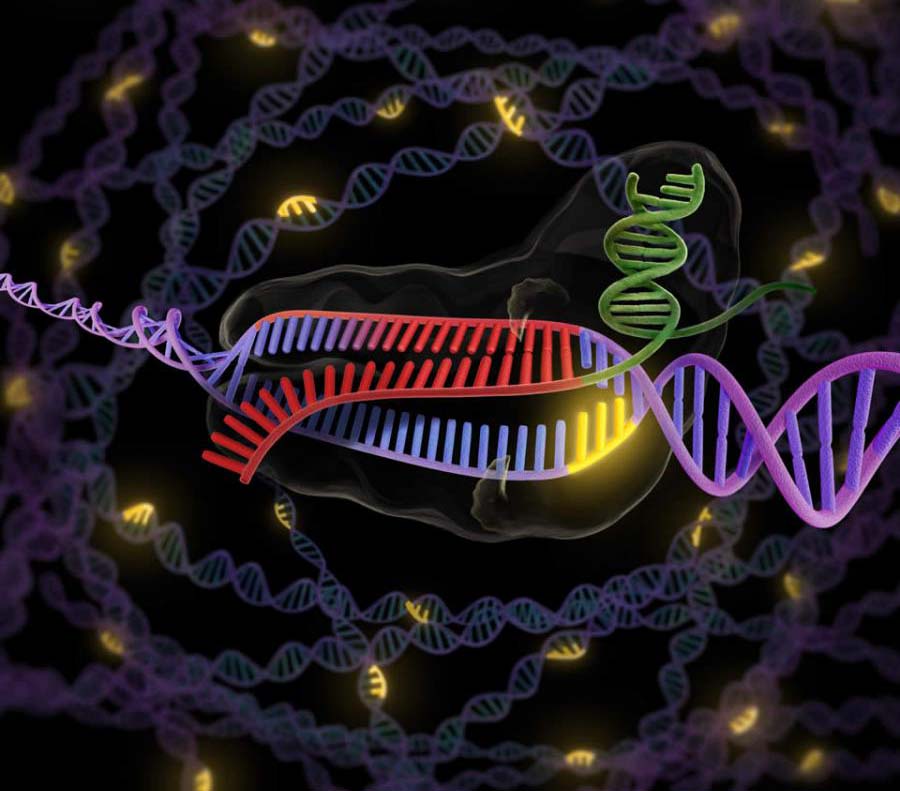POSTS
How do the molecular scissors find their target?
How fast can a cell locate a specific chromosomal DNA sequence specified by a single stranded oligonucleotide?

Image credit: KC Roeyer/ Doudna lab
This question is relevant not only because the whole CRISPR/Cas9 system depends on this process happening reasonably fast; it also defines how efficiently a cell can locate and fix a double stranded break in its DNA and is closely related to how the Argonaut protein family can locate RNA and exert their functions in embryonic development and cell differentiation, just to give a few examples.
We have previously shown that a DNA binding protein typically finds a specific target sequence within a couple of minutes. Given that there are usually many proteins involved in the search process, this time average makes biological sense.
In the case of CRISPR/Cas9 we expect the search time to be significantly longer. The reason for this is that the protein-nucleic acid complex does not simply rely on interactions in the DNA groves to find the target site, but actually needs to unwind the double helix and interrogate the DNA sequence to discriminate right from wrong. The search problem is somewhat reduced by the fact the potential targets are defined by the presence of a PAM sequence, but still presents a daunting task.
By following single fluorescently labeled dCas9 molecules in living E. Coli cells, we find that on average it takes the dCAS9 molecule 6 hours to find its target sequence. This number is verified by measurements in bulk where we detect Cas9 protection against cleavage by restriction enzymes. Compared to the search time of the transcription factors it’s an eternity, but it is the price that the CRISPR/Cas9 system has to pay in order to be reprogrammable to target any sequence.
Whether used by bacteria as a defense against invading phages or by scientists as a method to repress a specific gene, the system requires both Cas9 and its guide RNA to be present in high concentrations in order to work efficiently.
Read the complete article in Science